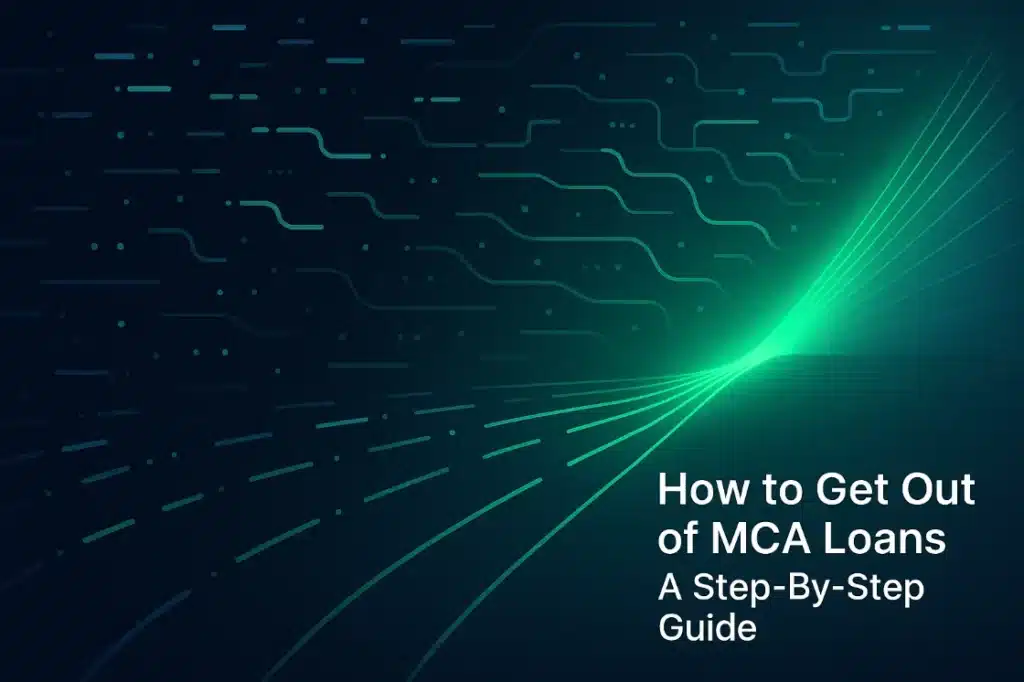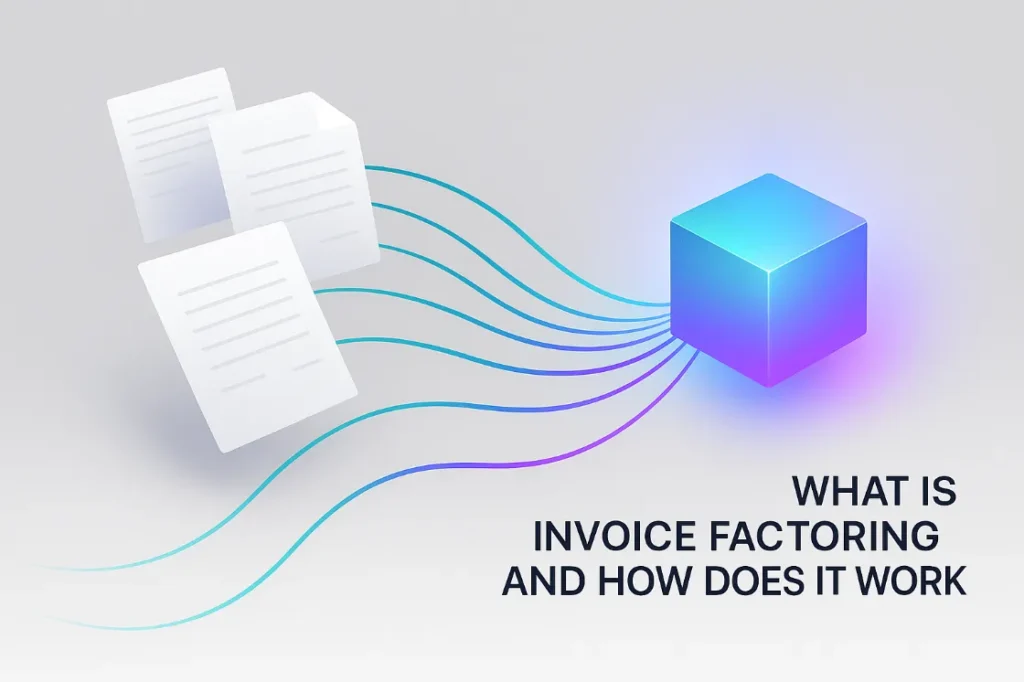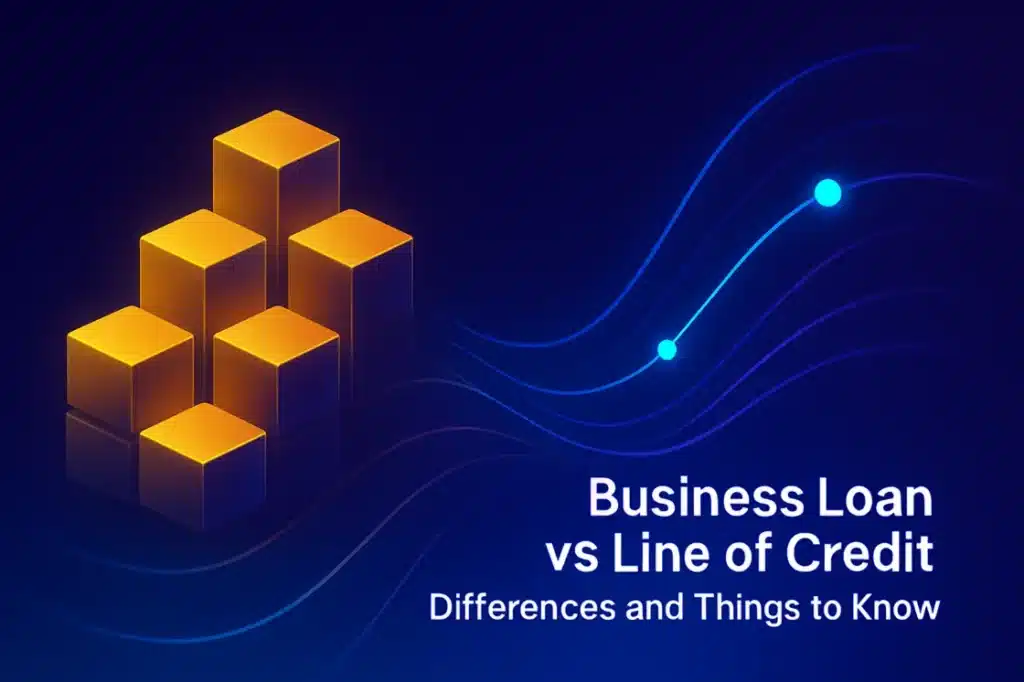A merchant cash advance (MCA) can be an excellent alternative to traditional bank loans for businesses that handle a large volume of credit card transactions and need fast capital. However, they are more expensive than bank loans and generally have high fees. If you’re wondering how to get out of a merchant cash advance, here’s a step-by-step guide.
What is a Merchant Cash Advance?
An MCA is a type of financing for small and mid-sized merchants that handle a large volume of sales via credit and debit card transactions. These merchants are provided with a lump sum of money in exchange for a percentage of the company’s future receivables until the loan is repaid. Repayment terms are short, commonly 18 months or less, depending on the provider.
Key benefits include easier approval and quick funds for cash flow gaps or more working capital. Eligibility guidelines are loose, making it easier for merchants with poor credit to get approved. And no collateral is needed.
How Do Merchant Cash Advances Work?
Such advances work like this:
- You receive the cash. The agreed upon funding amount is deposited into your business bank account.
- Fees are levied. Rather than an interest rate, merchant cash advances are typically charged a factor rate that is multiplied by the overall loan amount. A $100,000 advance with a factor rate of 1.4 would ultimately cost $140,000.
- You repay the advance based on future sales. Repayments are commonly weekly, and sometimes even daily. Once you pay the borrowed amount, in addition to the factor rate and other fees, the advance is repaid.
MCA Drawbacks
We’ve covered the key benefits, but like most everything, MCAs do carry potential disadvantages. Because the advance isn’t a true business loan, your payments will not be reported to credit bureaus. So, this type of financing doesn’t let you build credit.
Also, financing fees can add up. They can include:
- Factor rates. Providers may charge factor rates of between 1.1 to 1.5, multiplying that rate by the amount borrowed.
- Origination fee. This fee, that’s also common for other business loans, is charged as a percentage of the borrowed total.
- Administrative fee. This is a flat fee that covers processing costs or maintaining the MCA contract.
- Funding or underwriting fee. This is a fee for application review. Depending on the financing company, it may be charged as a flat fee or a percentage of the borrowed amount.
Also, you’ll be responsible for sticking to daily or weekly payments, no matter your revenue, which can be burdensome to some merchants.
How To Get Out of A Merchant Cash Advance Loan
There are some steps you can take to get out of an advance.
- Try to renegotiate. Reach out to them first to see if they’d be open to renegotiating terms so that they’d be certain to receive payment.
- Apply for a debt consolidation term loan. If you’ve got good credit, you can use a consolidation loan to pay off your advance.
- Get a secured loan. If you have collateral, you can apply for a secured loan, which carries lower interest rates than many other types of loans.
- Go with debt settlement. If you have already defaulted on your MCA payments, you can try debt settlement, which may allow you to pay off your advance for less than what you owe.
- Seek bankruptcy. While it’s an extreme financial move, you may want to file bankruptcy to have the obligation discharged.
- Replace the MCA. You may want to try supplanting your MCA with another type of more manageable terms and costs.
- Make more profits. Another strategy that can help you speed the repayment of your advance is to increase your business profits by raising prices or focusing your sales efforts.
- Adjust operations. You may be able to improve business efficiency to increase your cash flow, giving you increased flexibility to clear your MCA debts.
- Sell non-critical assets. Liquidating business assets can give you cash to settle your MCA debt.
In Summary
MCAs can be a lifesaver for retail merchants who can’t get a traditional bank loan. Qualification requirements are less strict, and an MCA can be funded in as little as 24 hours. However, there are some downsides to consider, including expenses and these tips can help you get out of the contract if you find the need to do so.







